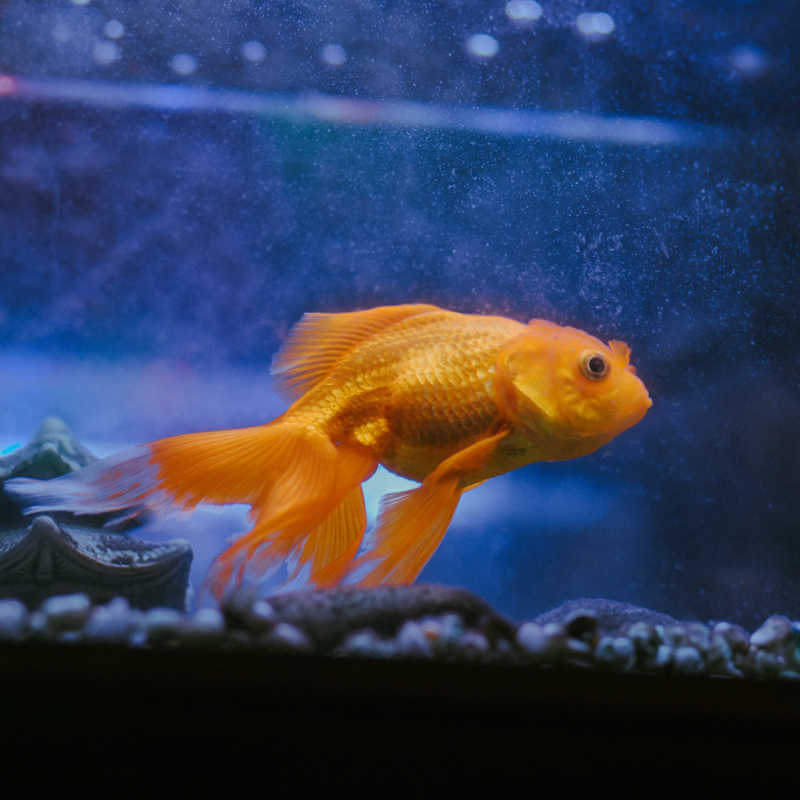Supported by The Israel Science Foundation, a study from the Ben-Gurion University of the Negev has found that a goldfish can learn how to drive. If this is not the cutest motoring news right now, then we can’t imagine what that would be.
How these researches taught a goldfish to drive.
The goldfish was placed into a tank that translated its movements into multi-directional movements to ride the water tank on top of a motor and wheels. The tracking system used LIDAR, a computer and a camera to read what the little fish was doing.
LIDAR (Light Detection and Ranging) is the remote sensing technology that we are seeing in a lot of autonomous driving technology.
Scientists Train Goldfish To Drive On Land In Tiny Carshttps://t.co/DC1oyPRfgz pic.twitter.com/zMRwPhScOS
— IFLScience (@IFLScience) January 5, 2022
The research (linked below) was posted with a video, part of which was published on Twitter. One such Tweet we have embedded above.
It’s not just all luck that was recorded either. The researchers set up multiple tests to check if the fish was able to navigate. This included moving to a target in a room, interrupting the fish while travelling and setting up fake targets.
“The study hints that navigational ability is universal rather than specific to the environment. Second, it shows that goldfish have the cognitive ability to learn a complex task in an environment completely unlike the one they evolved in. As anyone who has tried to learn how to ride a bike or to drive a car knows, it is challenging at first,” says Shachar Givon, a PhD student in the Life Sciences Department in the Faculty of Natural Sciences.
The study was conducted by Givon, Matan Samina, an MSc student in the Biomedical Engineering Department in the Faculty of Engineering Sciences, Prof. Ohad Ben Shahar of the Computer Sciences Department and head of the School of Brain Sciences and Cognition, and Prof. Ronen Segev ?of the Life Sciences & Biomedical Engineering Departments.
Source: Ben-Gurion University of the Negev | Motor1
Cover photo by Tinh Nguyen.

